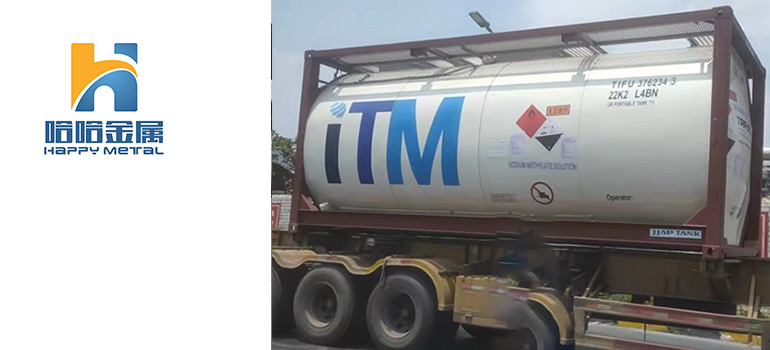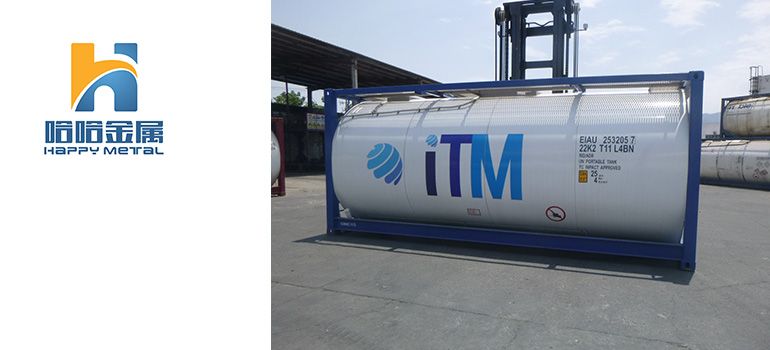Summary:
Sodium Methylate Solution 30 in Methanol: A Versatile Chemical Solution
Application for Sodium Methylate Solution 30 in Methanol
What are the functions of dynamic DWS system?
Safety and Environmental Implications
Environmental Implications for Sodium Methylate
Future Development and Prospects
Sodium methylate solution 30 in methanol is an alcohol-like solution that can be used in laboratories and engineering applications where its versatility as a chemical catalyst is necessary and appreciated.
The demand for the chemical is linked to its ability to be used in multiple applications, with use cases expanding as more research is conducted.
What is Sodium Methylate Solution 30 in Methanol?

Sodium methylate solution 30 in methanol is 70 percent methyl alcohol and 30 percent sodium methoxide. The product, sometimes called sodium methylate, is either light yellow or transparent liquid with a strong alcohol scent.
Sodium methylate can be mixed with fats, esters, and ethanol. However, it is immiscible with organic solvents and hydrocarbons.
In industrial production, sodium methoxide is available in solid and liquid.
The solid form is pure, while the liquid form is a methanol solution containing sodium methoxide with a content range of 27.5 percent to 31 percent.
Due to its hazardous nature, sodium methoxide should always be packaged in a sealed and secure manner.
Although it is possible to package the liquid solution in PTFE plastics, this option is quite expensive. Therefore, it is recommended to use steel drums instead.
Application for Sodium Methylate Solution 30 in Methanol
A solution of sodium methoxide has been utilized to synthesize nanoparticles containing NO (SNO-NP). Additionally, sodium methylate solution 30 in methanol is commonly employed to manufacture sulfonamides.
When not in the 70/30 solution, sodium methoxide is a metal catalyst commonly used in producing and processing chemical fertilizers and vegetable oil in organic synthesis.
Sodium methylate solution 30 in methanol is used to prepare a high-spin hexanuclear Mn(III) cluster, [NaMn6(OMe)12(dbm)6]+. This solution has many applications, including the synthesis of pharmaceuticals and agrochemicals.
Additionally, labs can use it as an initiator of anionic addition polymerization with ethylene oxide, which results in a high molecular weight polyether.
These characteristics mean sodium methylate can be used to manufacture personal care items, biodiesel, plastics, and polymers.
Safety and Environmental Implications
It is important to wear personal protective equipment when handling chemicals.
This includes face protection, such as appropriate eyeglasses or chemical safety goggles. Additionally, when working with chemicals, wear protective gloves and clothing to prevent skin exposure.
Protecting Respiratory System
To protect your respiratory system, adhere to the OHSA respiratory regulations outlined in 29 CFR 1910.134 or the European Standard EN 149.
If the use of sodium methylate exceeds exposure limits or symptoms of irritation are experienced, you should use an approved respirator.
Avoid getting this substance in contact with your eyes, skin, or clothes to avoid any harm.
Sodium methylate should only be used in a chemical fume hood, and do not inhale any mist, vapors, or spray.
It is also important not to ingest it and seek immediate medical attention if swallowed.
Preventing Violent Reactions
Do not allow contact with water, as the solution is water reactive.
Avoid exposing the item to open flames, hot surfaces, and other ignition sources for safety reasons. When handling it, use non-sparking tools and take measures to prevent static discharges.
Furthermore, you can avoid violent reactions by keeping sodium methylate solution 30 in methanol away from incompatible materials such as potent oxidizing agents, acids, and water.
Storing Sodium Methylate Solution 30 in Methanol Safely
Avoid exposing the product to water or humid environments and heat, sparks, and flames to prevent accidents. Instead, the solution should be stored indoors in a well-ventilated, dry, and cool space. Additionally, labs will need to store flammable and corrosive materials separately and be able to guarantee that containers containing the solution should be sealed tightly.
Environmental Implications for Sodium Methylate
Sodium methylate is eco-friendly, given its use in the production of biodiesel, a renewable and sustainable energy source.
Using biodiesel is an effective way to reduce greenhouse gas emissions, and it also plays a role in mitigating climate change. Sodium methylate is a non-toxic and biodegradable compound with minimal environmental impact.
In addition to being used in biodiesel production, pharmaceuticals, and the chemical industry, sodium methylate solution 30 in methanol can potentially produce renewable plastics.
Sodium methylate is being studied for its role as a catalyst for creating polyesters that make different types of plastics. The method is more sustainable and eco-friendly than traditional methods. It utilizes renewable resources and produces fewer harmful byproducts. Further research and enhancements could make sodium methylate crucial for transitioning to environmentally conscious and sustainable plastic production.
It’s crucial to be aware that handling and storing sodium methylate in this scenario must be done with great care.
By doing this, you promote safety and reduce any adverse environmental effects.
Future Development and Prospects
In 2022, the Sodium Methylate Market was valued at US$300 million.
While the market is closely linked to biodiesel production, pharmaceuticals, and agriculture, as more research is conducted on how sodium methylate solution 30 in methanol can be used, expansion is guaranteed.
In that regard, the projected growth of the Sodium Methylate industry is notable.
The market is set to reach US$ 312 million in 2023 and is projected to reach US$ 427 million by 2032.
This impressive compound annual growth rate of 4.00% gives the market tremendous potential for savvy investors looking to capitalize on a profitable but largely untapped venture.
Furthermore, sodium methylate being a common catalyst in biodiesel production, also means that as the biodiesel market grows, the chemical will grow alongside it.
Moreover, as the compounds used in creating products such as grease and synthetic detergents develop, this will also contribute to the market’s growth.
Sodium methylate is on track to become a half-billion market, given labs can effectively add sodium methylate to various manufacturing processes and in multiple applications.




